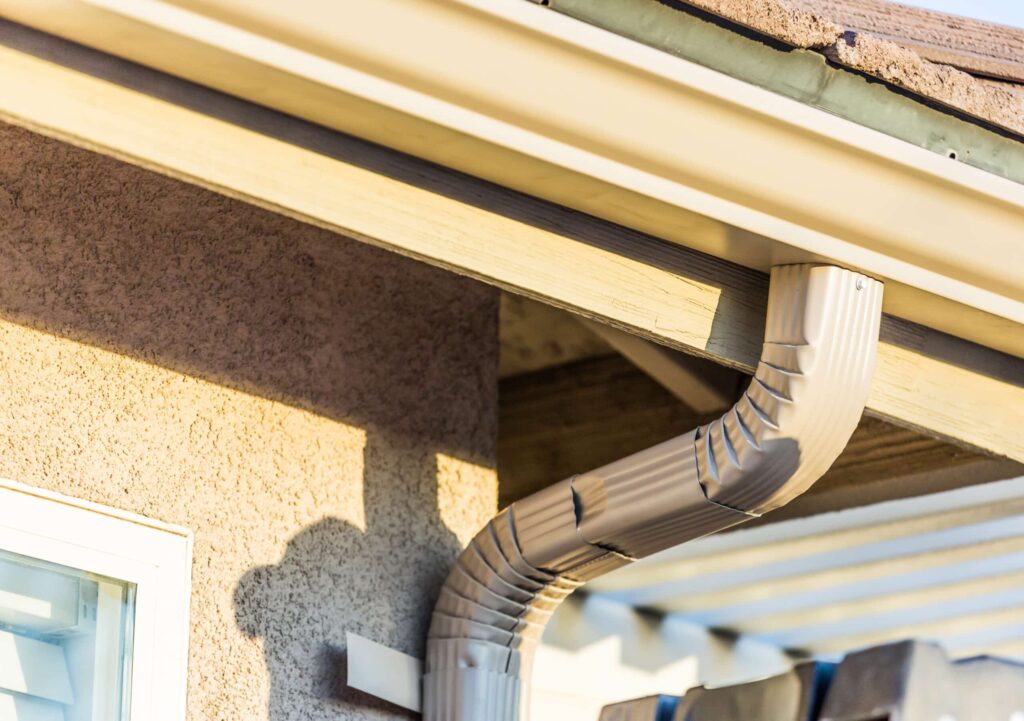A clogged dryer vent may seem like a relatively simple issue, but if it’s not addressed in a timely manner, it can quickly become a dangerous and costly problem. A clogged dryer vent can reduce the efficiency of your clothes dryer, causing longer drying times, higher energy bills, and even dangerous electrical hazards. Not to mention the potential fire hazard that exists when lint accumulates inside the vent! It is important to address this issue immediately–so what should you do if you find yourself with a clogged dryer vent? This post will cover everything from identifying symptoms to preventative measures so you can effectively deal with any issues related to your dryer vents.
What Is A Dryer Vent?

A dryer vent is a metal duct, usually installed through the wall of your home, that connects the clothes dryer to the exterior. Dryer vents are an important component of any laundry set-up as they provide a way for moisture and fibers from clothes to escape outside instead of collecting inside. This helps with efficiency, ensuring the appliance’s proper functioning and minimizing potential hazards such as mold growth or gas accumulation in your home. Regular cleanings of the dryer vent can help restore airflow, prevent clogs and hopefully avert the need for more serious services like needing a replacement.
Problems With A Clogged Dryer Vent
There are a few issues that can present themselves in the case of a clogged dryer vent. These issues range in severity from an inconvenience to a full fire.
Longer Drying Times
Dryers are a major convenience in the home, but when their air vents become clogged and cause longer drying times, that convenience can turn into frustration. Not only does having to keep running a dryer for extra cycles waste energy, but it can also be hard on the machine; also, long drying cycles can lead to clothes shrinking or becoming damaged.
Higher Energy Bills
Clogged dryer vents can cause a major increase in your energy bill. Every time you run the dryer, it will take much longer to dry your clothes as the air from the dryer is blocked from escaping. This means you may use twice as much energy as when the vent is clean and unobstructed. It’s always important to inspect your house for clogged vents and clean them of any lint or material blocking airflow.
Fire Hazard
A clogged dryer vent can be a serious fire hazard due to the excessive heat that builds up inside. The hot air cannot escape and is trapped, creating an atmosphere for lint, fluff, and other clothing fibers to ignite. Dryer fires are no joke and can cause devastating property damage if not caught in time. It is important to clean out your dryer vent on a regular basis — at least once per year — to reduce the risk of a hazardous fire in your home.
Signs Of A Clogged Dryer Vent
There are several indicators that something is wrong with your dryer vent. The problem is likely a clogged dryer vent.
your clothes are taking longer to dry than usual
If your clothes take longer to dry than they used to, it could indicate that your dryer vent is clogged. A clogged dryer vent can cause your clothes to take up to twice as long to dry, so if you notice that your clothes are taking longer to dry than normal, it’s a good idea to check your dryer vent.
Your clothes are coming out of the dryer hot and damp
Another sign that your dryer vent is clogged is if your clothes come out of the dryer hot and damp. This is because a clogged vent prevents the hot air from escaping, causing the moisture in your clothes to condense. If you notice that your clothes are coming out of the dryer hot and damp, it’s a good idea to check your vent for a blockage.
You see lint on your clothing after drying them
If you see lint on your clothing after you’ve dried them, it could be a sign that your dryer vent is blocked. Lint can build up in the vent over time, eventually leading to a blockage. If you see lint on your clothing after drying them, it’s a good idea to check your vent for a blockage.
You see lint around the opening of your dryer vent
If you see lint around the opening of your dryer vent, it’s a good indication of a blockage somewhere in the vent. Lint can build up over time and eventually cause a blockage. If you see lint around the opening of your dryer vent, it’s a good idea to check the rest of the vent for a blockage.
You hear strange noises coming from your dryer
If you hear strange noises from your dryer, it could indicate that something is caught in the venting system. Objects can become caught in the vents over time, eventually leading to noise as they rub against the sides of the vents. If you hear strange noises coming from your dryer, it’s a good idea to check the vents for any objects that may be caught in them
Preventing a Clogged Dryer Vent
Keeping your dryer vent clean is an incredibly important part of laundry safety. Not taking the proper steps to prevent clogging can lead to disastrous results. Fortunately, there are a few simple preventive measures that you can take to keep your dryer operating at optimum performance.
First, you should often remove lint from the lint trap after every load of laundry that is run through the dryer. This will help decrease the amount of buildup in the vent line.
Second, periodically check for outdoor blockages, such as leaves or other debris that could be preventing proper airflow from exiting through the outside vent.
Lastly, it’s a good idea to have a professional inspect your vents at least once per year – they will be able to clear any built-up lint or obstructions that cannot be removed otherwise. Taking proactive action now will help ensure your dryer’s safe and smooth operation for many years to come.
Do You Have A Clogged Dryer Vent?
A clogged dryer vent is a serious fire hazard. According to the National Fire Protection Association, clothes dryers are responsible for an estimated 15,500 fires annually, with many of these fires attributed to lint buildup in the venting system. If you think your dryer vent may be clogged, don’t hesitate to contact Virginia Chimney and Roofing for a consultation. We will clean your dryer vent and help you keep your home safe from fire hazards.




